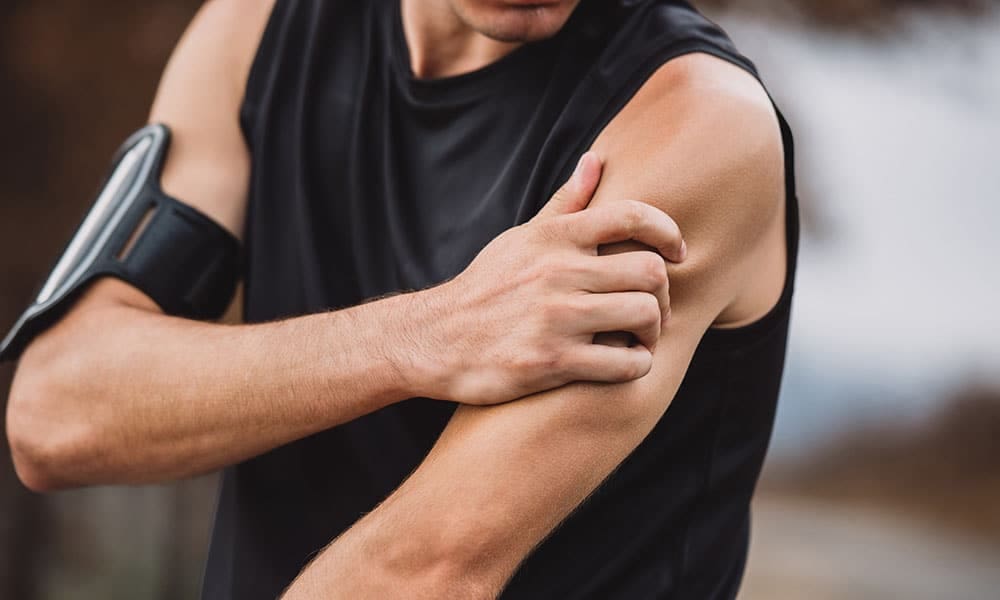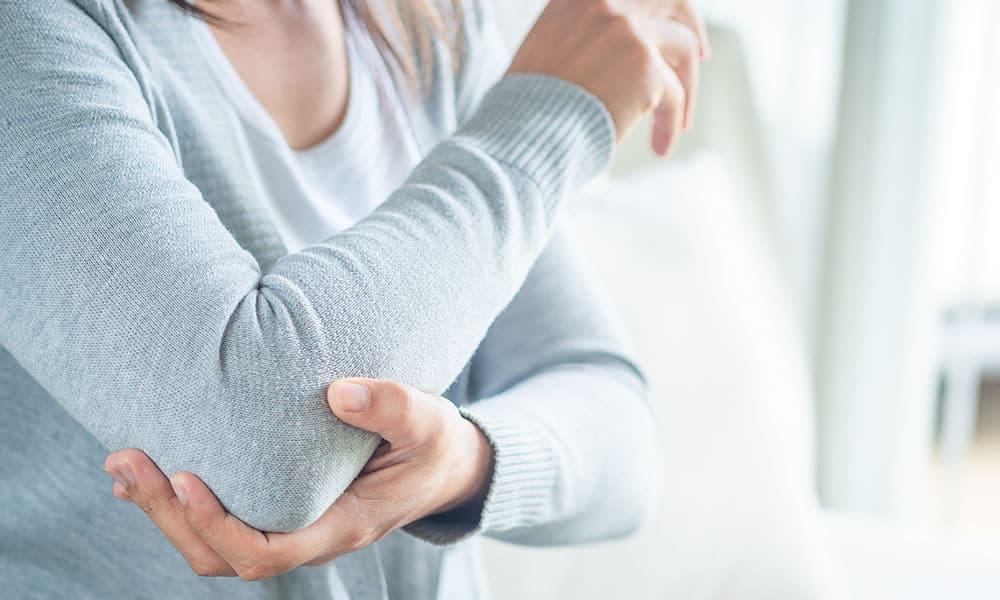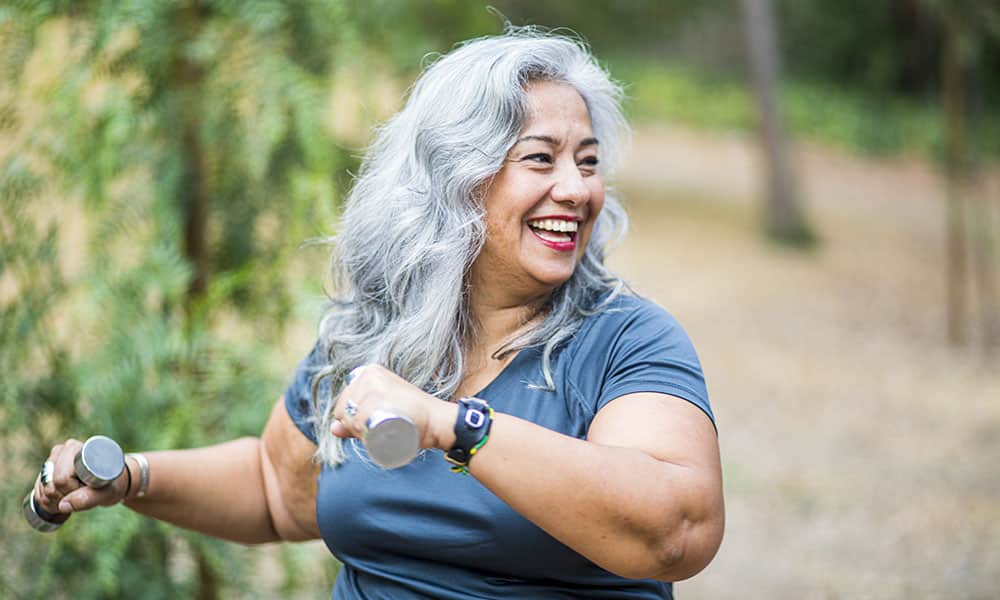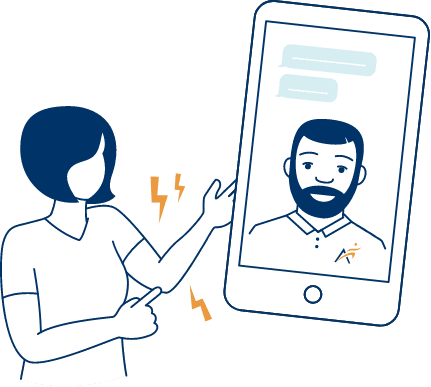(21,000+ reviews on Google across 150+ locations)
If nagging arm pain has left you with reduced range of motion and struggling to perform basic tasks, you may be dealing with an underlying injury. Join Airrosti’s Brooke Green, DC, as she explains the common causes and injuries associated with arm pain. She also covers traditional treatment methods and how Airrosti can help you find arm pain relief.
Arm pain can present itself in various sections of the arm. You may experience pain in the rotator cuff or shoulder, elbow pain, wrist pain, or carpal tunnel syndrome. Arm pain is often caused by a sports or activity-related injury, but can also be caused by soft tissue imbalance, a joint injury, a pinched nerve, or restricted blood flow.

While we usually think of an arm injury as something that happens during activity, it can also occur over a long period of time. Because of our reliance on our arms to complete everyday tasks, they can easily become overworked. Overuse injuries involving the arm can develop if the arm is used to compensate for weakness in other muscles, like the shoulders, neck, or back.
Identifying the specific location of your pain can often help determine the type of injury involved. A muscle strain in your bicep or tricep will most likely be felt in the upper arm. Injuries like tennis elbow and carpal tunnel syndrome will likely manifest pain in the forearm and wrist.
Common causes of arm pain include:

Symptoms of arm pain may vary based on the location of the injury. In some cases, arm pain can be a symptom of a problem in other parts of the body, like your neck or shoulder joint.
Potential signs of an arm injury include:
Severe traumatic injuries like fractures may feature additional symptoms like bruising and difficulty moving your arm. Depending on the cause, pain can start suddenly or develop over time.
Pain in the left arm, combined with excessive sweating, nausea, difficulty breathing, palpitations, fainting, or chest pain can be signs of a heart attack. Please call 911 if you think you might be having a heart attack.
Older adults have a greater chance of having arm problems because they lose muscle mass as they age. Children may have arm problems because of overuse injuries. Injuries in children occur more often because their bones have not fully developed. Individuals who exercise with improper form, or try to exercise beyond their limits, are also more likely to sustain an arm injury.
The treatment for arm pain depends on the underlying cause. For pain due to overuse injuries, the treatment typically includes rest, ice, compression, and elevation.
If the pain is more severe, a splint or sling, or anti-inflammatory medications for pain may be prescribed. For more severe injuries, like fractures or complete muscle tears, surgery may be recommended.

At Airrosti, our providers will conduct a thorough evaluation of your pain and develop a personalized treatment plan for your specific injury. In addition, we also provide tools and resources that can boost your recovery and help you avoid future pain..
Don’t let chronic arm pain hold you back. schedule an appointment with an Airrosti provider today and get back to doing the things you love most, pain free.
We offer convenient remote telehealth options in addition to in-office visits. Call us today at (800) 404-6050 to learn more about treatment at Airrosti or find a provider near you.
Reviewed by Casey Crisp, Doctor of Chiropractic
Disclaimer: Always consult with your doctor before starting any exercise program. If you experience any numbness, tingling or reproduction of your symptoms, please contact your doctor.

Thank you Dr. Rumbuc for helping alleviate the arm pain. Dr. Rumbuc was also able to assist with some problem areas I was having and provide correction. The exercise program was doable, and all the staff was very professional. I have been to Airrosti before and pleased with the service.
by Rose Bailey
